
The General is a 1926 American silent slapstick Western action comedy film released by United Artists. It was inspired by the Great Locomotive Chase, a true story of an event that occurred during the American Civil War. The story was adapted from the 1889 memoir The Great Locomotive Chase by William Pittenger. The film stars Buster Keaton, who also co-directed it along with Clyde Bruckman.

The Great Train Robbery is a 1903 American silent film made by Edwin S. Porter for the Edison Manufacturing Company. It follows a gang of outlaws who hold up and rob a steam locomotive at a station in the American West, flee across mountainous terrain, and are finally defeated by a posse of locals. The short film draws on many sources, including a robust existing tradition of Western films, recent European innovations in film technique, the play of the same name by Scott Marble, the popularity of train-themed films, and possibly real-life incidents involving outlaws such as Butch Cassidy.

John Luther "Casey" Jones was an American railroader who was killed when his passenger train collided with a stalled freight train in Vaughan, Mississippi.
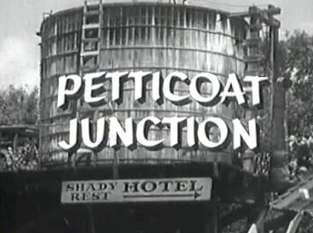
Petticoat Junction is an American television sitcom that originally aired on CBS from September 1963 to April 1970. The series takes place at the Shady Rest Hotel, which is run by Kate Bradley; her three daughters Billie Jo, Bobbie Jo, and Betty Jo; and her uncle Joe Carson. The series is one of three interrelated shows about rural characters produced by Paul Henning. Petticoat Junction was created upon the success of Henning's previous rural/urban-themed sitcom The Beverly Hillbillies (1962–1971). The success of Petticoat Junction led to a spin-off, Green Acres (1965–1971). Petticoat Junction was produced by Filmways, Inc.
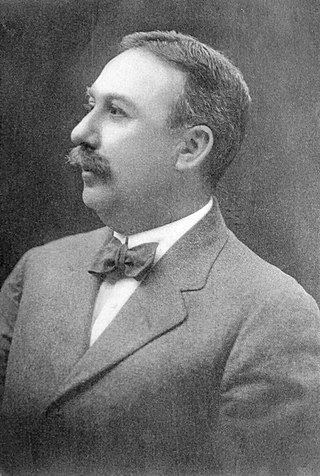
Edwin Stanton Porter was an American film pioneer, most famous as a producer, director, studio manager and cinematographer with the Edison Manufacturing Company and the Famous Players Film Company. Of over 250 films created by Porter, his most important include What Happened on Twenty-third Street, New York City (1901), Jack and the Beanstalk (1902), Life of an American Fireman (1903), The Great Train Robbery (1903), The European Rest Cure (1904), The Kleptomaniac (1905), Life of a Cowboy (1906), Rescued from an Eagle's Nest (1908), and The Prisoner of Zenda (1913).

A Ticket to Tomahawk is a 1950 American Western film directed by Richard Sale and starring Dan Dailey and Anne Baxter. It was released by 20th Century Fox. Marilyn Monroe appeared in one of her earliest roles.
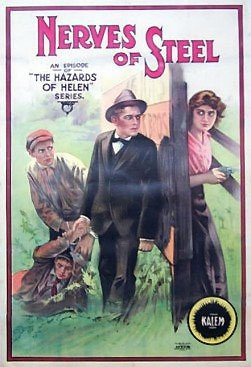
The Hazards of Helen is an American adventure film serial of 119 twelve-minute episodes released over a span of slightly more than two years by the Kalem Company between November 7, 1914, and February 24, 1917. At 23.8 hours, it is one of the longest non-feature-length motion picture series ever filmed, and is believed to be the longest of the film serial format. Based on a novel by John Russell Corvell and the play by Denman Thompson, the series was adapted to the silent screen by W. Scott Darling.

Watchers is a 1988 science fiction horror film directed by Jon Hess and starring Corey Haim, Michael Ironside, Barbara Williams and Lala Sloatman. It is loosely based on the 1987 novel Watchers by Dean R. Koontz.

Benji the Hunted is a 1987 American adventure drama film directed and written by Joe Camp and produced by Ben Vaughn. It is the fourth film in the Benji series. The film is about Benji trying to survive in the wilderness and looking after orphan cougar cubs after their mother is shot and killed by a hunter. It was released by Walt Disney Pictures. This was the last Benji movie to star Benjean, daughter of Higgins, in the title role.

The Bull's Eye is a 1917 American film serial directed by James W. Horne. It is now considered to be a lost film.
The Little Train Robbery is a 1905 American silent Western film directed by Edwin S. Porter. It is a parodic sequel/remake to Porter's 1903 film The Great Train Robbery with an all-child "cast as the robbers, and a miniature railroad and playhouse as sets."

The Girl and Her Trust is a 1912 American film directed by D. W. Griffith.
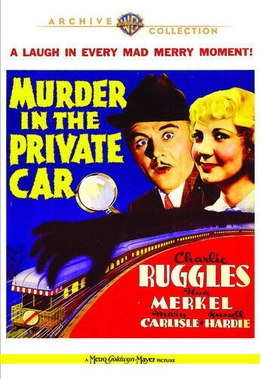
Murder in the Private Car is a 1934 American pre-Code mystery romance film starring Mary Carlisle, Charles Ruggles and Una Merkel. Directed by Harry Beaumont, the production is based on the play The Rear Car by Edward E. Rose. David Townsend was the film's art director.

Night of Fear is a 1972 Australian horror film, directed by Terry Bourke. It was written by Bourke and produced by Rod Hay. Its theme and style bears a resemblance to the horror classic The Texas Chain Saw Massacre, released two years later. The film is notable for having no dialogue or character names. It has been called "the first Australian horror movie of the renaissance".
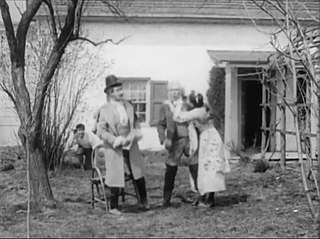
Kathleen Mavourneen is a 1906 silent short film by Edwin S. Porter, produced and distributed by Edison Manufacturing Company. It is based on the song “Kathleen Mavourneen” by Annie Crawford and Frederick Williams Nichols Crouch, which inspired the play by Dion Boucicault.

The Child Stealers also known as The Kidnapped Child or Child Stealing is a 1904 British silent crime film about kidnapping, directed by William Barker and produced by the Warwick Trading Company.

The Lost Child is a 1904 American short silent comedy film produced by the American Mutoscope & Biograph Company and directed by Wallace McCutcheon, Sr.

Red Dot is a 2021 Swedish drama thriller film written by Alain Darborg with Per Dickson and directed by Alain Darborg. The film stars Nanna Blondell, Anastasios Soulis, Thomas Hanzon, Johannes Bah Kuhnke, Kalled Mustonen and Tomas Bergström. It premiered on Netflix on February 11, 2021.

The Kleptomaniac, is a 1905 American silent drama film, directed by Edwin S. Porter partly filmed on location in New-York denouncing the discriminatory treatment of the poor by the justice system. It is one of the first American social drama and Courtroom drama.
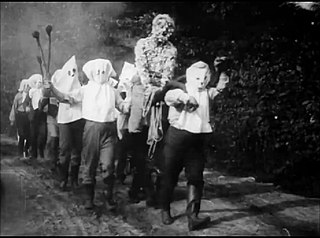
The White Caps is a 1905 American silent drama film, directed by Wallace McCutcheon and Edwin S. Porter showing how a man abusing his wife is punished by a group of white-hooded men. It is one of the first American films exposing conjugal violence against women and showing the action of vigilante groups.




















